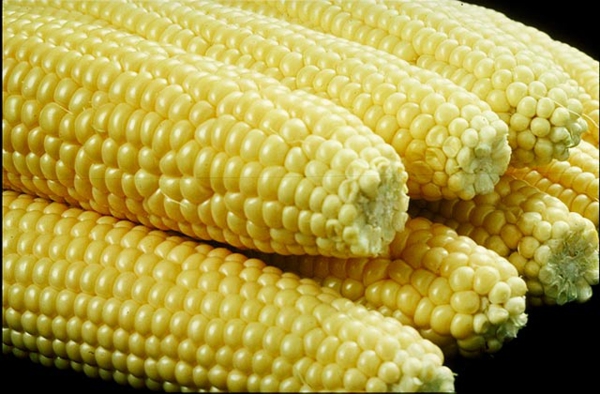Fall is fast approaching, and the elementary-age children will be eager to use both their hands and minds as they reacquaint themselves with the school routine. As an elementary teacher, or a home schooler, you need plenty of good, solid projects for your students to work on, to keep their hands busy and their minds stimulated.
A fascinating and inexpensive way to combine an art class with some American heritage learning is to let your class create their own corn cob dolls – although you’ll find this project goes over much better with the boys in class if you call them ‘corn cob mannequins’! States such as Utah actually have a Pioneer Day, so check your local calendar to see when the Pioneering spirit is celebrated in your neck of the woods. It makes a great tie-in for history, sociology, arts and crafts. What did pioneer children have to play with? Did they make their own toys? What were they like; were they hard to make? Your class can have a ball with this particular activity, and it costs next to nothing.

Finding corn cobs is not hard. Check with your local farmer’s market and/or grain elevator to see who might have corn stover – this is what is left over after the corn is harvested, and it includes corn cobs. Most farmers use corn stover for bedding for their animals or as a low-grade feed, but they are usually happy to donate a few dozen corn cobs to a worthy cause such as your class. The larger pet stores also keep it on hand, as bedding for guinea pigs and for budgies to peck on, but you may have to pay for it from them!
Corn cob dolls are also a great tie-in if your class is studying the “Little House on the Prairie” books by Laura Ingalls Wilder. The children in those books are very attached to their corn cob creations, and your young scholars can get a better understanding of what life was like back then by making their own corn cob toys.
For some ideas on how to proceed, and some outstanding photography of original corn cob dolls, visit the Nebraska State Historical website at: http://blog.nebraskahistory.org/?p=707
Your class can be kept busy and engaged by first making clothes for the corn cob dolls; this can be out of construction paper stapled together or cloth scraps from home that can be sewn together. The face can be created with paint or pencils or even by gluing seeds onto strategic places to create eyes, nose and a big smile, much the same as we use pebbles for a snowman’s face. If you really want to get creative, have the children make some of their own dyes and paints for their corn cob dolls; sumac leaves can be mashed together with a little water and rubbing alcohol to produce a brown pigment, and chokecherries or buffalo berries can be ground up into a paste that makes a nice red or dark orange. Here is a teacher’s blog that has a lot of practical tips on making paints from plants: http://www.kinderart.com/painting/plantdye.shtml
Did you know that American pioneers made jelly out of corn cobs, as well? This is a fascinating hands-on project for when your students are done with their corn cob dolls and want to do something else; you can teach them the value that pioneers placed on making do with the material they had on hand, and not being able to go down to a big box store to pick up whatever they thought they wanted. There are dozens of recipes on the Internet for corn cob jelly, or you can actually buy it at a high-end grocery retailer. It has a rather smoky, cereal taste to it.
Tim Torkildson is a former communications officer with TEFL International Schools and is currently teaching Math, History, and Literature at http://libertybridgeacademy.org/
Making Corn Cob Dolls In The Classroom

